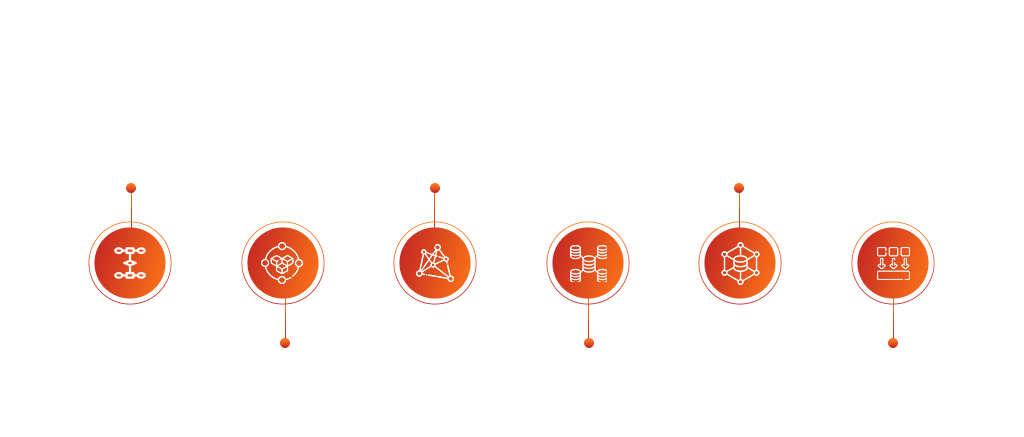Big Data and Analytics | 16 Apr 2024 | 10 min
Top 8 Considerations of Data Modeling

Data modeling is the fundamental process of creating a structured representation of information. It’s like building a blueprint for your data. It helps in illustrating the interactions and connections among various pieces of information. This ensures unified understanding of the organization’s data among different stakeholders.
Let’s delve into the powerful connection between data management and warehousing. We’ll then explore various data modeling techniques and uncover the eight key considerations for effective modeling.
Data Management & Data Warehousing
Data management forms the base for efficient data handling. While data warehousing utilizes this base for thorough analysis. Effective data management ensures data quality and consistency within the data warehouse.
Now, let’s shift our attention to data modeling guidelines.
Data modeling is the art of structuring information. It needs careful planning and adherence to specific guidelines. Ensure the efficiency, maintainability, and adaptability of your data model for future needs. The key principles that you should follow include:
Let us now talk about the prerequisites for data modeling.
The following are the top eight considerations:
1. Correctness of the Model
2. Completeness of the Model
3. Structural Integrity of the Model
4. Flexibility of the Model
5. Adherence to Modeling Standards & Guidelines
6. Effective Model Representation
7. Accuracy of Physical Design
8. Data Quality Assurance
Data modeling might seem like a technical undertaking, but its impact is far-reaching. It’s the foundation for organizing the lifeblood of any organization: information. A well-defined data model unlocks a treasure trove of benefits:
In short, proper data storage and modeling are game changers for businesses dealing with ever-growing data volumes.
Read on to discover how data models bring order to chaos.
Data modeling offers a powerful way to understand and organize information. It helps us uncover data’s building blocks & connections. This process unlocks several advantages:
Let’s delve into some prominent data modeling techniques and understand them:

1. Entity-Relationship (ER) Model: Like a family tree, ER models map entities (people) and their connections (parents, children). This visual approach is great for conceptualizing real-world interactions within the data.
2. Hierarchical Model: Think of an organizational chart. It arranges data in a top-down structure, with a single root (CEO) and branches for departments and employees. This model excels at representing clear parent-child relationships.
3. Network Model: Social media platforms are perfect examples of network models. They allow for complex connections, where users (entities) can have many friends (relationships). This model is ideal for capturing intricate data interactions.
4. Relational Model: In this case, spreadsheets come to my mind. The relational model stores data in tables with rows and columns. Each table represents an entity and columns define specific attributes. Relationships are established through connections between tables, making data retrieval and analysis efficient.
5. Object-Oriented Database Model (OO Model): Imagine building blocks. This model treats data as objects with properties and behaviors. This approach is well-suited for complex systems with rich data interactions.
6. Object-Relational Model (ORM): It blends object-oriented flexibility with relational ease of querying and management.
By implementing data modeling, organizations can transform from data-rich to data-driven. It empowers them to make informed decisions based on well-structured and interconnected information. This journey begins with data cleaning and organization, which paves the way for effective data modeling at various levels.
Reach out to us at Nitor Infotech to learn more about our Big Data services!


we'll keep you in the loop with everything that's trending in the tech world.
